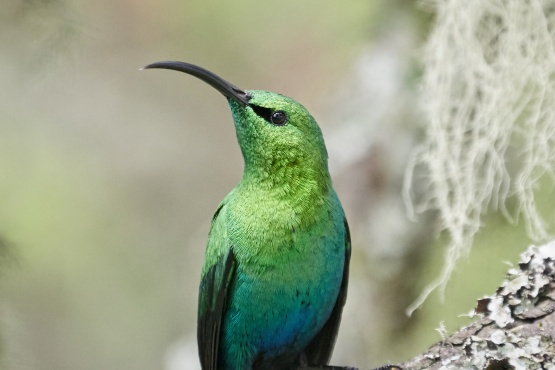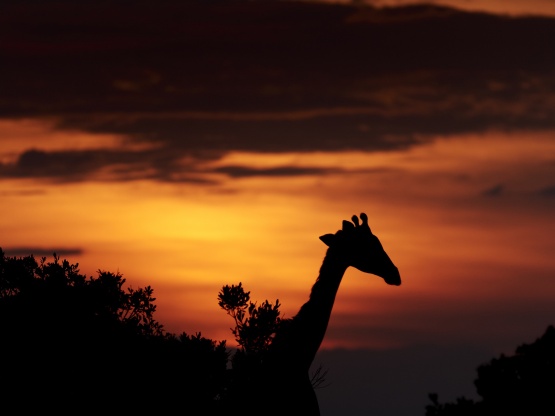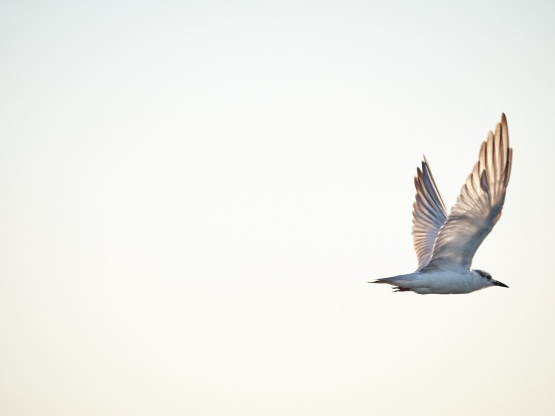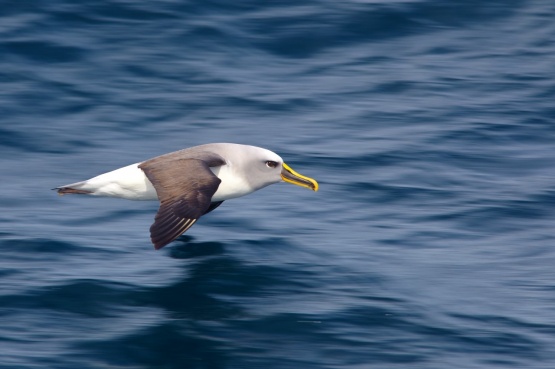I am not a twitcher. I am not a bird expert. I am not a zoologist either although I did have the joy of working in the Zoology Dept at the University of Melbourne for a few short years. I do love wildlife and nature, and that’s why my recent travels around Kenya was so treasured and overdue. But it’s not just the big mammals that make such a journey worthwhile, it’s the little things. The birds.
A bit of attention to the life of birds can bring truly great rewards. If you appreciate the beauty of nature, in landscapes and wilderness and wild creatures, then birds provide a gateway to the unique character of nature as you travel. Bird life will vary with the ecosystems you journey through, in the best possible way.
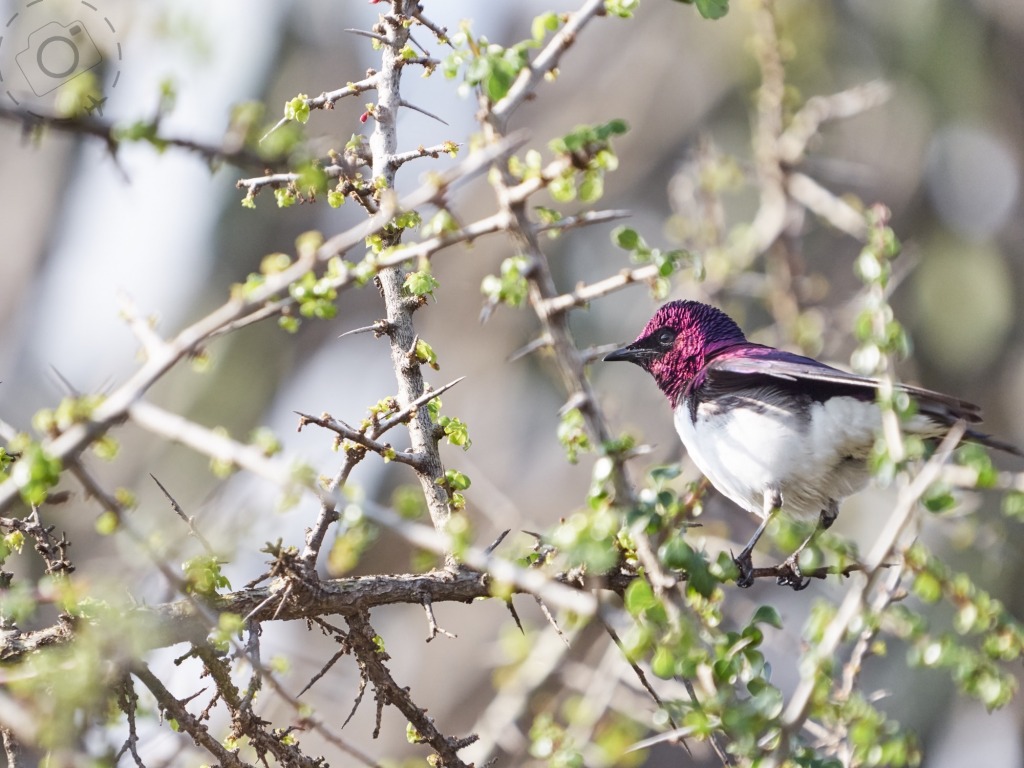
New Perspective
On this trip I had the good fortune to carry a new camera from Panasonic that has been built from the ground up for wildlife. It takes advantage of the Micro Four-Thirds sensor size to build very compact telephoto lenses, which means a modest sized 100-400mm lens gives you reach out to 800mm when you need it. The new G9 also has a larger viewfinder and a few additional supports to help you accurately drive the autofocus system. This makes it a very powerful system for chasing birds.
One afternoon we had a break from game drives and stayed at the camp under cloudy skies, with extra time for processing images or wandering the camp grounds to photograph some of the more photogenic residents; a couple of Woodland Kingfishers, dozens of Little Bee-eaters, and a pairs of Robin-chats who are happy to pose for passers by. That same afternoon I walked no more than 50m from my tent and found 4 new species of bird I didn’t even know existed.
Maybe this is the great charm of paying a little attention to the avarian creatures. You never realise what’s around you, and yet the trees and skies are full of joy. It’s not always easy to get close enough to some of them, even with 800mm of telephoto, but then again there is sufficient joy merely from seeing and hearing them go about their day. I watched little Fire Finches tweet at each other when it was decided to fly to safety high in the trees. I watched Sunbirds calling to their mate when they found a yummy tree to raid all the nectar from it’s flowers. I watched a Coucal bellow out a short and baritone call to let it’s mate know which tree it landed in.
And I captured some of this joy on digital film, and some video, with the help of the new Lumix G9. I do admit that I was skeptical about the merits of carrying a smaller camera system, even with a generous 20MP sensor. I love my full frame cameras, but after two weeks of giraffes and leopards and gnu and all the other game animals I was seriously impressed with the results of shooting telephoto with the combination of G9 body and a well chosen kit of Leica lenses.
The birds especially proved to me the merits of travelling with a capable camera system that is light enough to have by your side all day, every day. So please have a look through my gallery of tweets, and spend a little time on your next wilderness wanderings to contemplate the birds...
Photo Essay on the Kenyan Birds
https://ewenbell.com/editorial/Birds+of+Kenya
Photo Essay on our Safari Experience
https://ewenbell.com/editorial/Kenya+Safari
Photo Essay on the warriors of Maji Moto
https://ewenbell.com/editorial/Maji+Moto
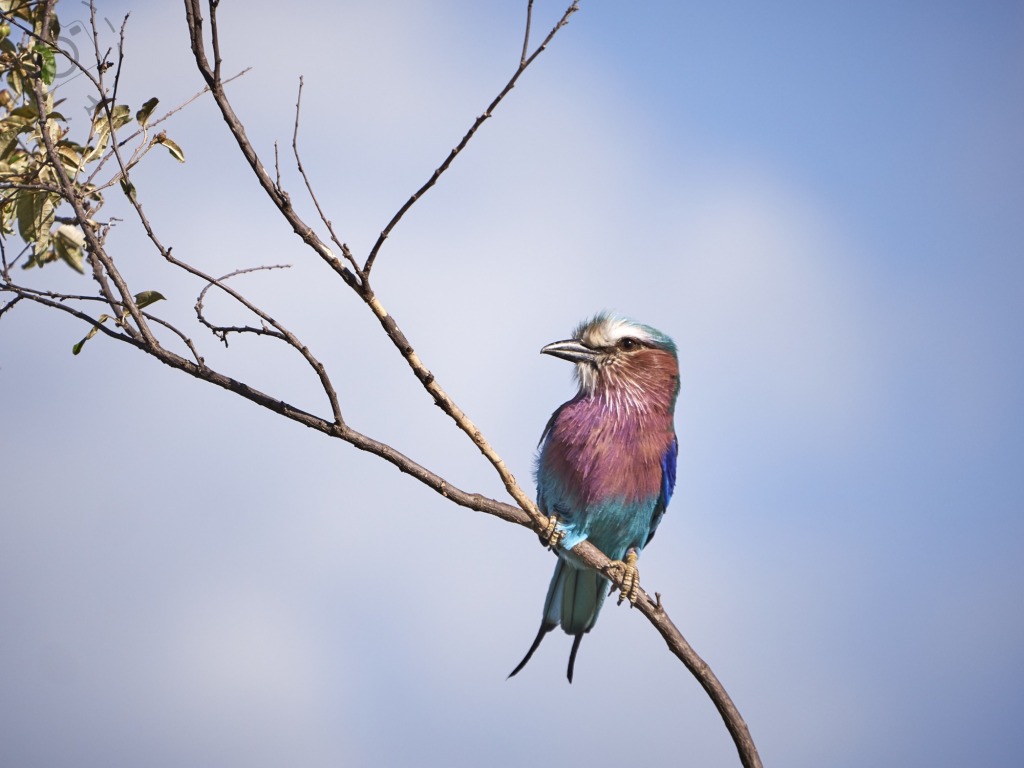
Lens advice
The smaller your wildlife target the more useful a long lens becomes though. So for shooting birds it does help to have some insanely long telephoto such as 800mm. By putting a 100-400mm lens on the G9 I had the equivalent of 800mm on my DSLR.
A lot of people tackle bird photography with the idea that all you need is a longer lens. It certainly isn’t much fun if you don’t have a decent lens, but there does come a point where a longer lens is not going to make your photos any better. Shooting with a seriously big lens from quarter of a mile away is not much of a wildlife experience, and typically won’t make for great photos either. Heat haze and atmospheric interference will often thwart to most impressive of telephotos.
You need to be reasonably close to wildlife to get shots with impact, and you need to be extremely patient. Maybe that’s the best gift of all from spending time chasing birds, learning to be patient and learning how to get a little bit closer than you did last time. You end up more engaged and intimate with the wilderness that draws you to travel in the first place.
I look back through my pictures over that two week journey through Kenya and I can see the change in my own photography. As I got familiar with the new camera kit and my minds eye tuned into the birds around me, I can see my photography adapt to the task of just being patient and waiting for the right bird at the right time. I don’t necessarily have a dozen award winning images to skite about, just a rich collection of a wide variety of species and experiences. I’m happy with my efforts, and those of the camera.
This kind of safari trip doesn’t allow for sitting in one spot for three weeks to get the perfect shot of a frog in the mouth of a Kingfisher. But they do give you a chance to hone your skills, with camera and creatures, so that you will be better prepared in case that special moment does present itself.
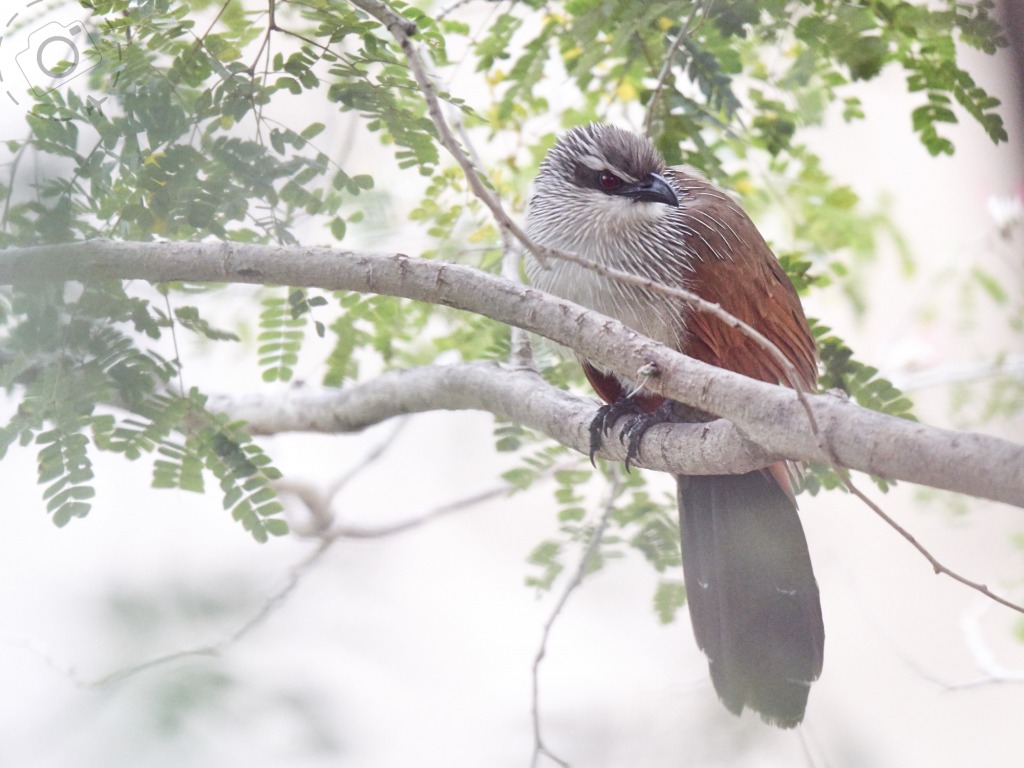
About The G9
In the weeks to come I will have a more detailed account of what made the G9 such a great companion for this journey. For now, let me just point out that it has a much larger view finder than you would expect from a small camera body, which makes all the difference when driving the excellent autofocus system. There's a neat trick available at the press of a button to let you magnifiy into your scene to a configurable magnification... and be very very precise with where you direct the AF point.
Accuracy is the key element here. Shooting a weaver bird hiding deep inside a mass of acacia branches is very very tricky for any AF system, and the new G9 let me target the birds and pull them out of the chaos. Combine that with the insane high speed continuous modes, dual SD slots and the ability to custom program every button on the body and you have a wildlife rig that is a delight to shoot with and a dream to pack on the plane.
[Updated]
You can take a read my more detailed review of the Lumix G9 from two weeks chasing wildlife in Kenya by clicking here:
photographyfortravellers.com/article.php?story=1249
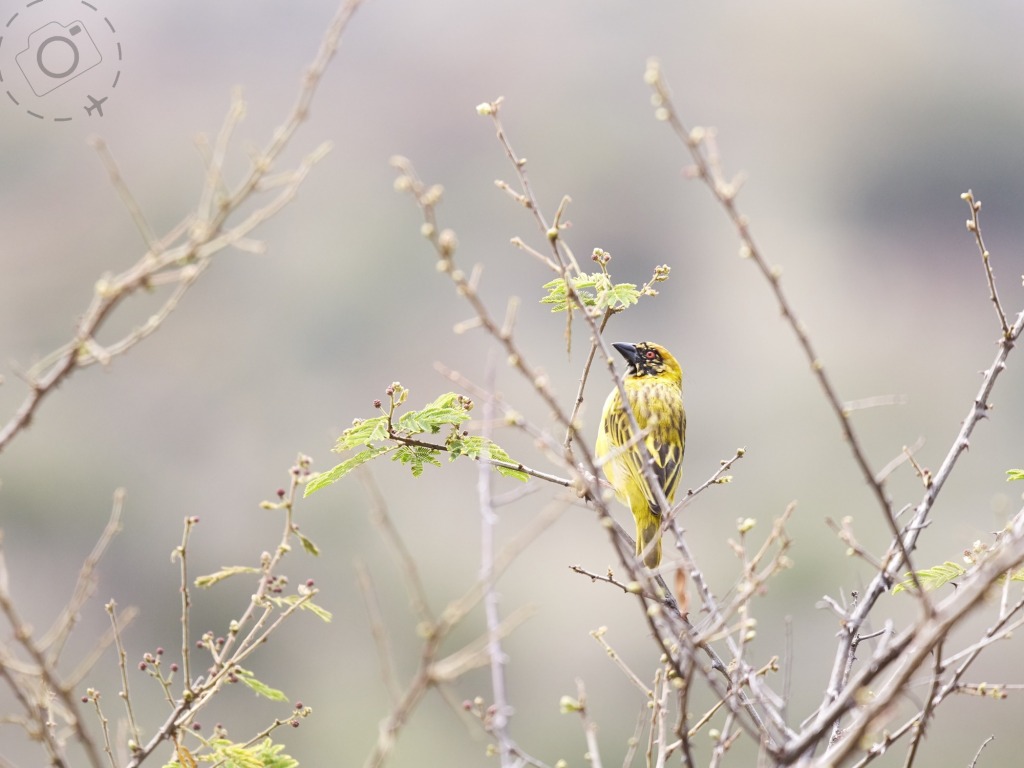

Keep Reading
Join Ewen's newsletter for monthly updates on new photography articles and tour offers...Subscribe Here




